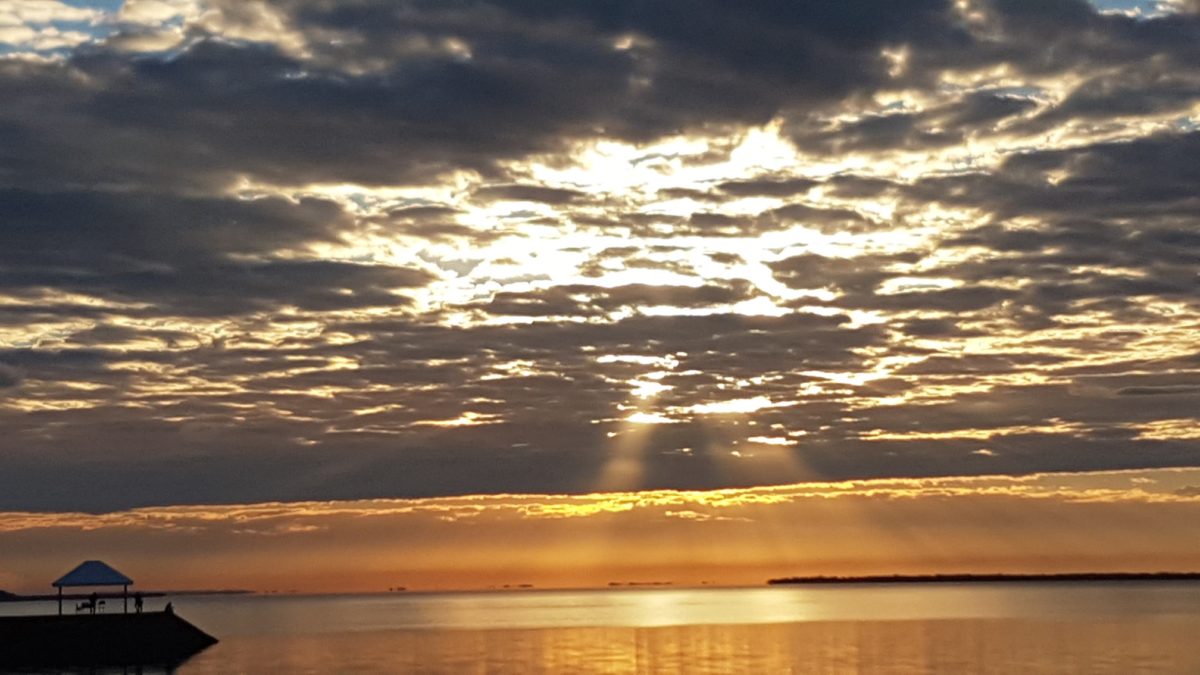Brian Shiers suggests that underpinning mindfulness is self-observation, the foundation of self-awareness. This means, in effect, that there is no one right way to meditate – that paying attention to and noticing ourselves, in whatever way, is essentially mindfulness. While there is a tendency for people new to meditation to judge themselves against a presumed standard, the experience they are having in self-observation is what mindfulness is about, not some prescribed level of awareness. Mindfulness practices are designed to stimulate this curiosity about oneself in an open, exploratory way. Tara Brach describes this lifelong journey as “waking up” – a deep shift in inner awareness that leads to equanimity and increased empathy and compassion.
In a recent guided meditation podcast, Brian asked the question, “What is “Myself”? and he encouraged participants to activate their “observational mind” in a relaxed manner. He maintained that the fundamental question, “What is the “self”? is both an ancient and a recent question (through the pursuit of neuroscience).
Is the “self” my body, my thoughts, my roles I undertake, my affiliations, my emotions or my mind? Brian sited the work of Dan Siegel, a founder of the Mindful Awareness Research Centre (MARC), who believes that the “self” is not only what we are born with, but also the cumulation of billions of impressions that we are exposed to through interactions with others – thus shaping our perceptions and responses. Dan’s perspective reinforces the uniqueness of our “self”. Brian suggests, then, that the self is “intertwined in inter- relationships” – the direct and indirect influence of others throughout our lives.
Researchers have yet to establish what the “mind” is, even with the advent of neuroscience. Brain stated that neuroscientists at Stanford University have estimated that we generate between 65,000 and 90,000 thoughts per day. We are reminded of the admonition of Jon Kabat-Zinn that “you are not your thoughts”, thoughts that come and go like bubbles in boiling water. Brain suggests that the “enterprise of mindfulness” is “self-observation”, including bringing to conscious awareness and guidance, the unconscious, spontaneously occurring thoughts that pervade our minds. So, from Brian’s perspective, mindfulness is the pursuit of self-awareness through observation of the various domains of our existence, including our bodies and our minds.
A process of self-observation
Brian’s guided meditation podcast takes you on a journey of paying attention to your “self” through a process of self-observation of body and mind – noticing your body on the chair, engaging in mindful breathing, noticing your thoughts (but not entertaining them), undertaking a body scan while releasing tension, and participating in a reflection.
The personal reflection involves identifying a positive trait in yourself, e.g. wisdom. loving kindness, gratitude, thoughtfulness or resilience; and exploring how it manifests, its impact on others and how you could further develop this trait. Brian offers some guided questions for the reflection:
- What is happening when you exhibit this trait? (you can visualise it happening)
- What impact does it have on others?
- Who is a role model for you in respect of this trait?
- Who could help you develop it?
- How can you further develop this positive trait?
As we grow in mindfulness through self -observation during the process of meditation, we can better understand who we are, how we experience the world, and what we bring to our interactions with others. We can also identify strategies to strengthen our positive traits and increase our motivation to use them to create a better life for ourselves and others.
____________________________________________
Image – Personal reflection during sunrise, Wynnum, Brisbane
By Ron Passfield – Copyright (Creative Commons license, Attribution–Non Commercial–No Derivatives)
Disclosure: If you purchase a product through this site, I may earn a commission which will help to pay for the site, the associated Meetup group and the resources to support the blog.

